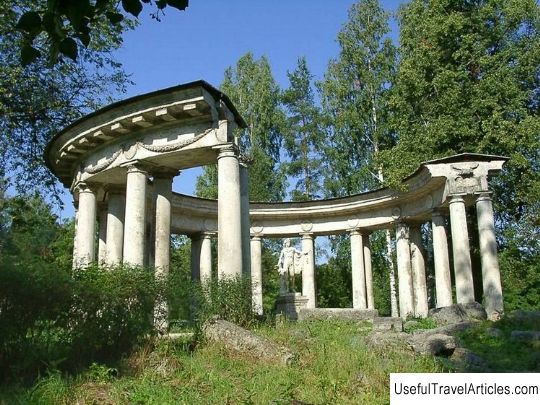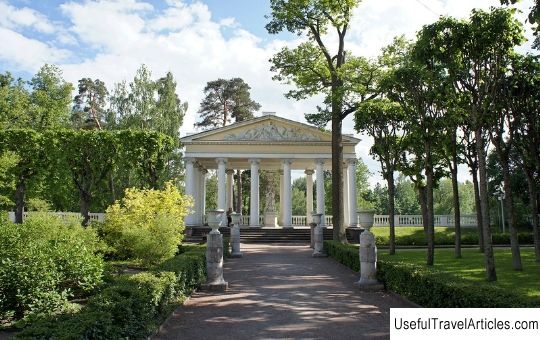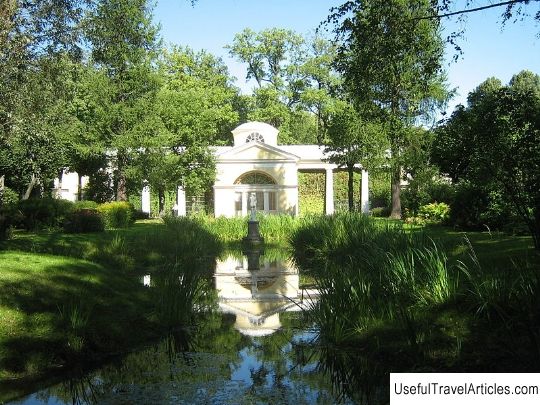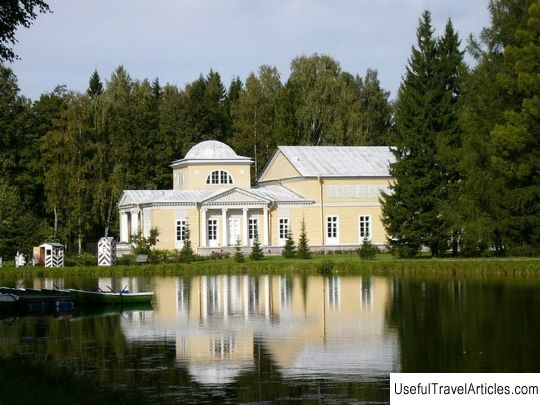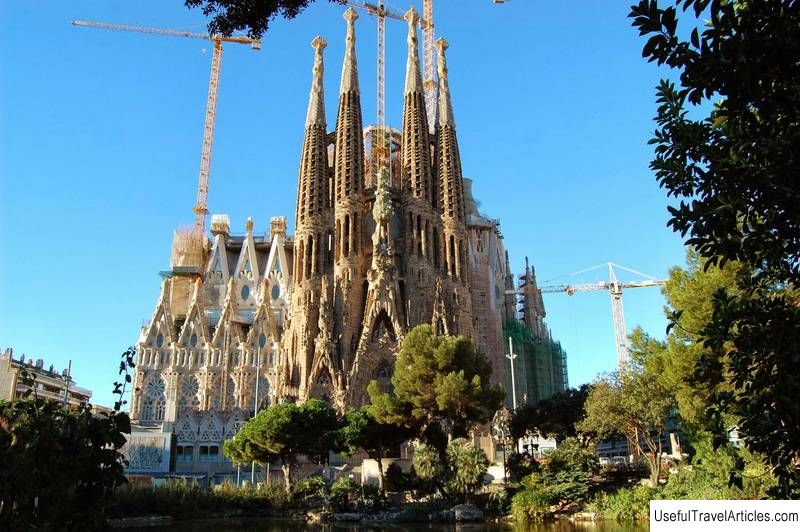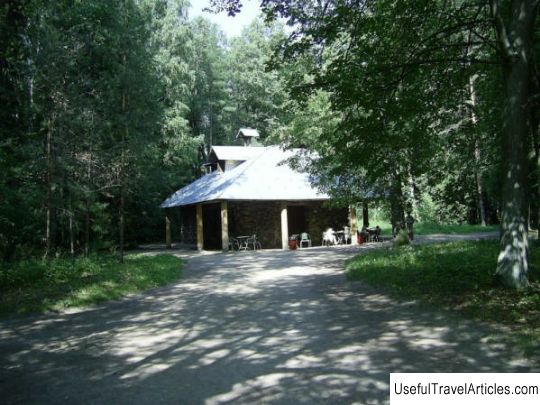Apollo Colonnade in Pavlovsk Park description and photos - Russia - St. Petersburg: Pavlovsk
Rating: 7,5/10 (100 votes) Apollo Colonnade in Pavlovsky Park description and photos - Russia - St. Petersburg: Pavlovsk. Detailed information about the attraction. Description, photos and a map showing the nearest significant objects. Photo and descriptionThere is no doubt that the best corners of the landscape Pavlovsky park were born as a result of artistic searches over a long period of time, the ideas of the artists changed more than once, they intertwined or even sometimes encountered requirements and the wishes of the owners, and sometimes `` His Majesty the case '' performed on the stage or even spontaneous forces of nature. This is how the incomparable view from the palace to the opposite bank of the river with the Apollo Colonnade was born, from which the cascade and bridge descend. The Apollo Colonnade is the center of the left-bank composition. It is one of the first buildings of the architect C. Cameron in Pavlovsk. Founded in 1783. The museum archives contain Cameron's project called the Temple of Apollo. Apollo is the god of sunlight patron of the arts. For the 18th century, the cult of art in gardens and parks is becoming a characteristic feature. Initially, the building was located in an open meadow, in a meadow, not far from the Church of Mary Magdalene. It was an open double colonnade in the shape of a circle, consisting of thirteen pairs of columns supporting the entablature. All decorative elements of the entablature, columns, capital are made of gray, porous Pudost stone. A sloping gable roof, made of sheet iron and also painted gray, covered the entablature. On the outside, the belt of the frieze of the entablature was decorated with round medallions. They were united by a bas-relief garland of laurel leaves. By the way, laurel is a symbol of Apollo. On the inner side of the frieze there were images of medallions, but without garlands. In the middle of the round platform on the pedestal was a bronze statue of Apollo of Belvedere, which is a copy of the famous antique statue kept in the Vatican Palace. During the war, the sculpture was badly damaged, but was later restored. Nowadays, the statue is often attacked by vandals. The Apollo Colonnade has a difficult fate. Since its inception, it has undergone many changes. When the palace was built, it turned out that the structure was poorly visible from the windows of the palace (Peace Hall, Greek Hall). Then the Empress Maria Feodorovna expressed a desire to move the Colonnade closer to the river, and to form a new cascade on the upper bank slope opposite the palace. With this request, she has repeatedly turned to Cameron. But he did not agree to such changes. You can imagine how long and violently the architect resisted - the Colonnade was moved only in the last years of the reign of Emperor Paul I. The work on the construction of the cascade was supervised by K. Visconti, a stone master. Fearing that the foundation of the Colonnade would be undermined, Cameron asked not to let water into the cascade before laying a special pipe. The water feeding the cascade came from a pond above. Cameron's pleas were not heeded, and the water slowly eroded the foundation. In 1817, during a thunderstorm, the part of the Colonnade, located closer to the cascade, collapsed. The colonnade was not restored. The broken elements of the columns were laid out in such a way as to create the effect of ancient ruins. So the natural element completed the picture. The interrupted circle of columns, the tuff bridge, the reflection in the water made a whole. Since then, the Apollo Colonnade has been one of the most beautiful park landscapes, representing artistic excellence. The cast iron pipe under the Colonnade was laid only in 1824. Initially, the cascade was full of water; from the middle of the 19th century, the water in it became less and less every day. It soon dried up due to a lack of water supply (rebuilt after the war). A landscape painting conceived by the Grand Duchess Maria Feodorovna has also been lost. Today the Apollo Colonnade is not visible from the windows of the palace. Trees grew on the sides of the cascade. In the summertime, their lush foliage hides the figure of Apollo, and sometimes the entire Colonnade.              Topic: Apollo Colonnade in Pavlovsk Park description and photos - Russia - St. Petersburg: Pavlovsk. |
